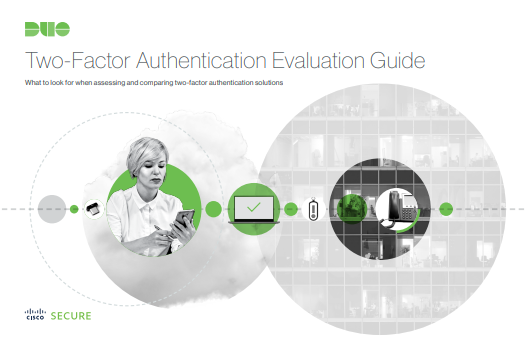


By verifying your users’ identities before they access your network, two-factor authentication protects your applications and data against unauthorized access. It works by requiring multiple factors to be confirmed before permitting access versus just an email and a password. Authentication factors can be something you know, like a password; something you have, like your device or a security key; something you are, like your personal fingerprint (biometrics); somewhere you are, like your location; and your level of access based on adaptive policies.
But, not every two-factor solution is the same. Some vendors only provide the bare minimum needed to meet compliance requirements – and lots of hidden costs required for deployment, operation and maintenance. Plus, many traditional solutions are clunky, error‑prone and require extensive user training and support – costing your employees time and productivity